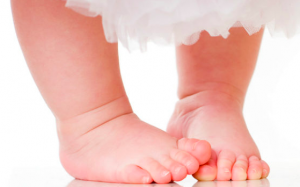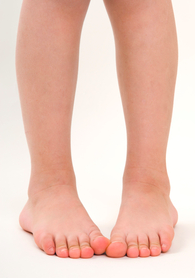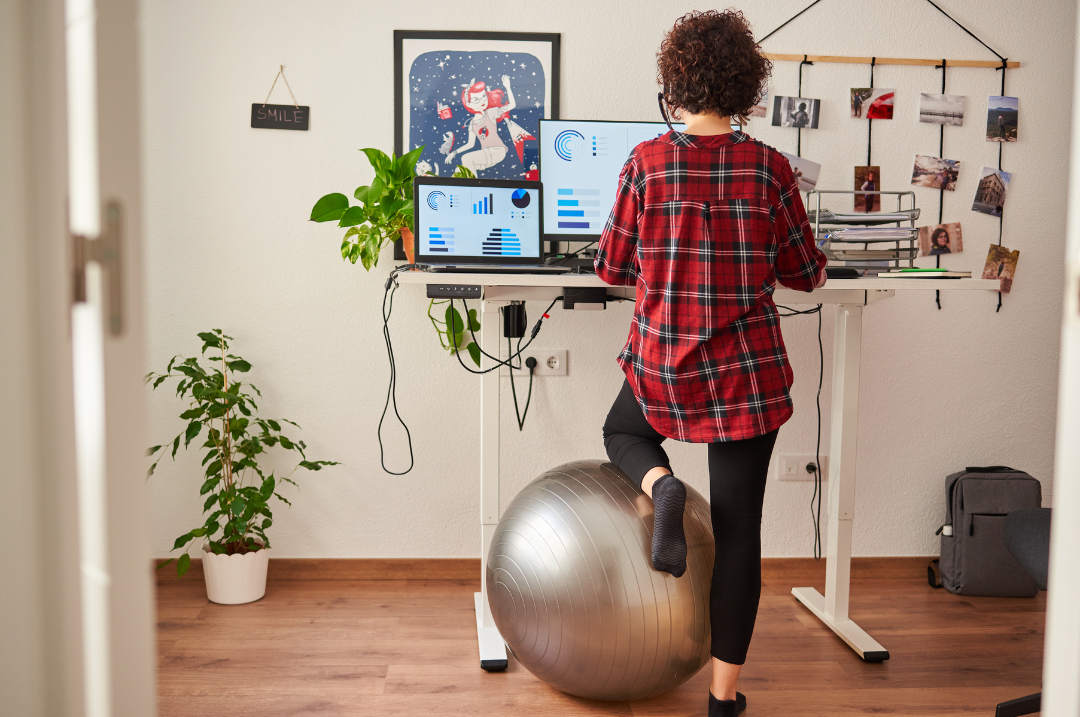What causes in-toeing?
Intoeing may be caused by one or more of the following three conditions:Metatarsus Adductus
 Metatarsus adductus describes a bean-like shape of the foot, where from the midfoot to the toe, the foot turns inwards. It is a condition that is present at birth, occurring in approximately 1 in every 1000 births. The metatarsus adductus may be either flexible (can be straightened with your hands) or rigid (unable to be straightened with the hands). It is this bent position of the forefoot on the rearfoot that gives the appearance of in-toeing.
Metatarsus adductus describes a bean-like shape of the foot, where from the midfoot to the toe, the foot turns inwards. It is a condition that is present at birth, occurring in approximately 1 in every 1000 births. The metatarsus adductus may be either flexible (can be straightened with your hands) or rigid (unable to be straightened with the hands). It is this bent position of the forefoot on the rearfoot that gives the appearance of in-toeing.
Tibial Torsion
Tibial torsion describes the inwards twisting of the shin bone (tibia), which in turn twists the feet to give the ‘pigeon-toed’ appearance. Tibial torsion is usually a result of a confined position of the legs in the womb. While tibial torsion should correct itself before the child reaches school age, if the tibial torsion persists, it may need assistance in turning outwards.Femoral Anteversion
Similar to tibial torsion but affecting the thigh bone, femoral anteversion describes the inwards twisting of the thigh bone. This twisting at the femur causes both the knees and feet to point inwards and cause in-toeing. The exact cause of femoral anteversion is unknown, but is most pronounced around the age of 5 or 6. Again, femoral anteversion should correct itself as the child grows, but if it doesn’t may need some assistance.What are the symptoms?
The inward-facing position of the feet is the main symptom. In-toeing does not usually result in any pain, or interfere with any developmental milestones like learning to walk. In-toeing can cause tripping in falling if the feet are getting in the way of one another.How is it treated?
- A special type of orthotic called a gait plate that is designed to encourage the foot to turn outwards
- Strong, supportive footwear that will help stabilise the new position of the foot
- Stretching exercises to loosen tight muscles that may be preventing the foot from turning back out
- Strengthening weak muscles to help maintain good foot positioning and alignment









